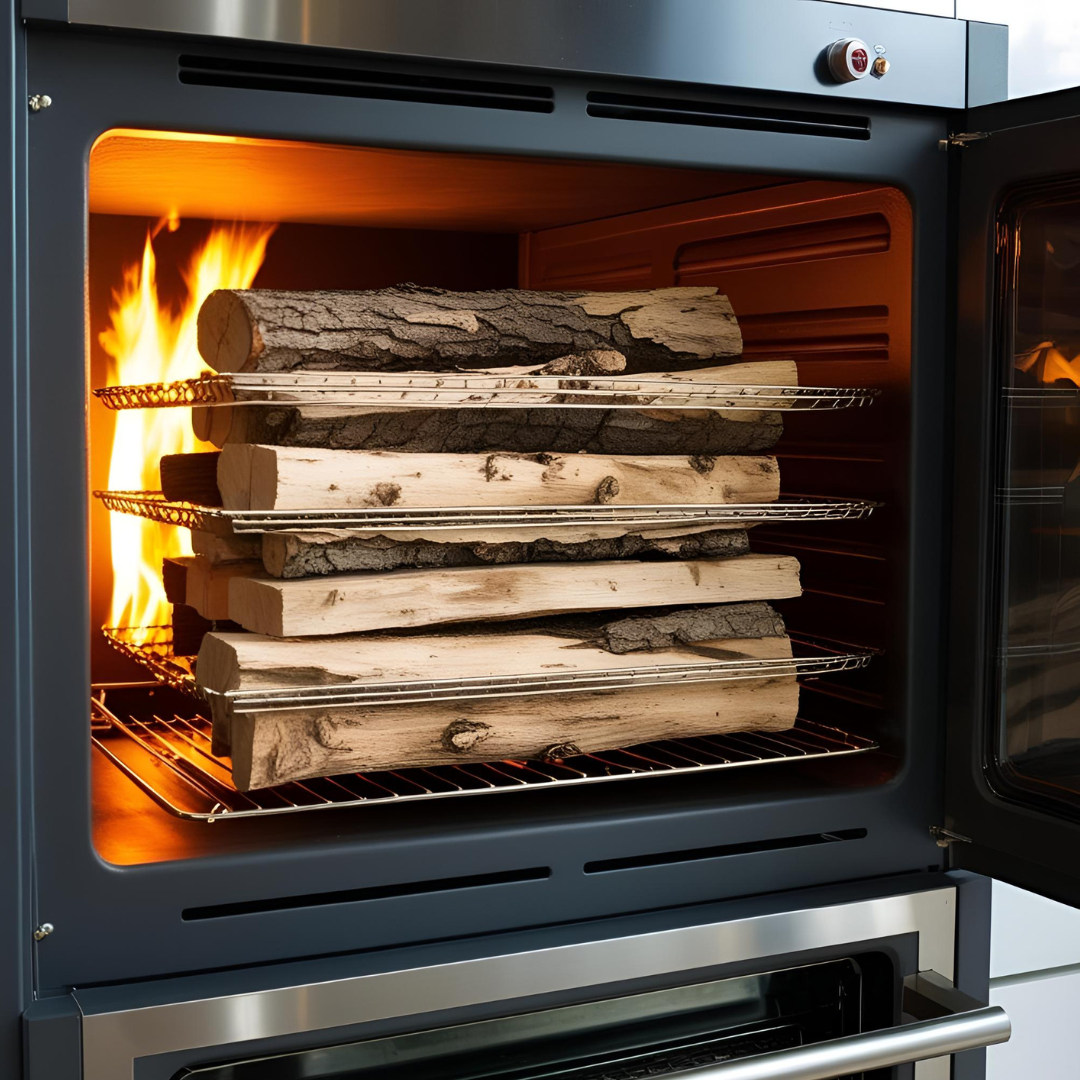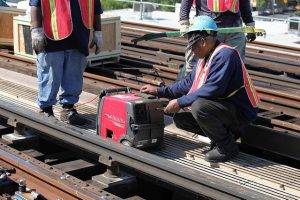Drying Wood in the Oven: The Ultimate How-To Guide for Woodworkers and Homeowners
Can you really dry wood in your kitchen oven? Yep — and sometimes it’s the quickest way to salvage a soggy log or get lumber ready for your next DIY build. I’ve done it myself on more than a few cold mornings when my firewood was soaked, or when the wood I just bought still felt damp to the touch. But let’s be clear: it’s not as simple as just tossing it in and cranking the heat. Done wrong, it’s a fire hazard. Done right, though, it’s a total game-changer.
Is It Safe to Dry Wood in the Oven?
Here’s the deal: wood is flammable, obviously. So the idea of sticking it in the oven might sound crazy — until you remember that lumberyards kiln-dry wood all the time. The difference is, they use big, specialized equipment and controlled environments. We’re working with what’s in the kitchen.
The key to safety is all about the temperature and the setup. Keep the oven low (think 200–300°F), don’t let the wood touch the heating elements, and stay in the room while it’s going. I usually put a big cookie sheet on the bottom rack to catch bark and sawdust, and space the wood out on the middle rack so the heat can circulate.
And one more thing: make sure your oven is clean before you start. Any leftover grease or crumbs could add to the risk.
Why Bother Oven-Drying Wood?
Let me paint a picture: it’s snowing sideways outside, your firewood pile is soaked even though it’s covered, and all you want is a warm fire. Sound familiar? Or maybe you’re working on a small woodworking project, and the boards you picked up from the big box store are still damp in the middle. Either way, oven-drying can save the day.
I’ve used this method to dry everything from kindling to 1×4 boards, and while it’s not perfect, it’s fast. Air drying takes weeks — sometimes months. The oven? A few hours, tops.
What Temperature Should You Use?
I’ve played around with different temps over the years, and here’s what’s worked best for me:
- Firewood & kindling: 225°F to 300°F
- Green wood (still really wet): Start at 200°F and go slow
- Boards for projects: 170°F to 225°F
The flash point of wood is around 500°F, so you’ve got wiggle room — but don’t push it. Never use the broiler. I did that once by accident and the wood turned black on the outside while staying damp inside. Lesson learned.
Step-by-Step: How to Dry Firewood in the Oven
- Prep the Oven
- Move your lower rack to the bottom and place a cookie sheet on it to catch debris.
- Use the middle rack for the wood.
- Set the Temperature
- I usually go with 250°F. It’s hot enough to dry the wood but not so hot that you’ll risk starting a fire.
- Space the Wood Out
- Leave at least an inch between each piece. This lets air move around them, and helps the wood dry evenly.
- Vent the Room
- The moisture has to go somewhere, so I always crack a window or turn on the stove vent to let the steam out.
- Check Often
- After an hour, I’ll open the oven (carefully) and feel the wood with an oven mitt. If it feels light and dry, it’s probably good to go. Otherwise, I keep checking every 20–30 minutes.
- Cool and Store
- Once it’s dry, take the wood out and let it cool on a metal rack or pan. Don’t set it on the counter — it’ll be hot and might scorch the surface.
Kiln-Drying Boards for Woodworking
Drying lumber for a project is a little different. You want it to be dry — but not too dry, or it’ll suck up moisture from the air later and mess with your build.
Here’s how I do it:
- Cut your boards to size so they fit in the oven.
- Set the temp to about 200°F.
- Place the boards flat on a cookie sheet or wire rack.
- Check them every 30–45 minutes.
- Use a wood moisture meter if you’ve got one. If not, lift and feel — dry wood is noticeably lighter.
And once they’re done, let them sit in your shop for at least a day before using. That gives them time to acclimate.
Real Talk: Tips & Things I’ve Learned
- Smaller pieces dry faster. No surprise there, but it’s easy to forget when you’re impatient.
- Drying too fast = warping. If your boards come out twisted, back off on the temp next time.
- Cookies sheets are lifesavers. Trust me — you don’t want bark and sap falling on the heating element.
- You’ll smell the wood. Not always a bad thing (some woods smell amazing!), but don’t be surprised.
Safety Reminders
- Never walk away from the oven while drying wood.
- Keep a fire extinguisher nearby, just in case.
- Don’t stack the wood — give each piece breathing room.
- Avoid any treated or painted wood. That’s a hard no.
Final Thoughts
Drying wood in the oven isn’t something you’ll do every day — but when you need it, it’s a great tool to have in your back pocket. Just be smart, go slow, and don’t try to rush it. I’ve saved countless fires and fixed plenty of half-dried boards this way.
And hey, even if the weather outside is nasty, at least your workshop will smell like a fresh-cut forest for a few hours. Not the worst trade-off.




